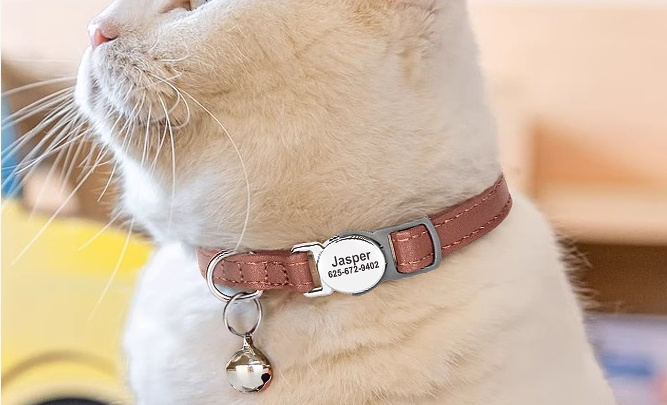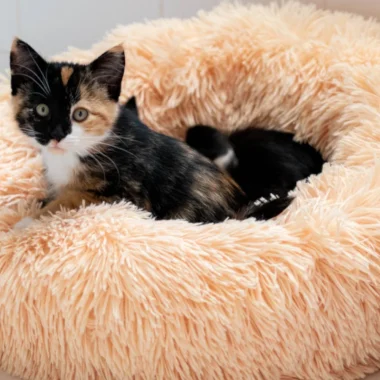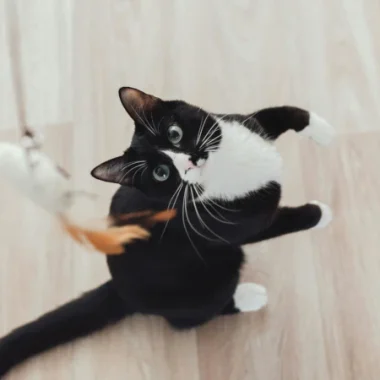Choosing the right cat collar is more than just picking a cute design—it’s about ensuring your cat’s safety, comfort, and happiness. With so many options out there, the material of the collar plays a huge role in how well it suits your feline friend. In this 500-word blog post, we’ll explore the best materials for cat collars, their pros and cons, and how to pick the perfect one for your pet. Let’s dive in and find out what makes a cat collar truly great!
Why the Material Matters
Cats are adventurous little creatures, often darting through tight spots or lounging all day. A collar that’s uncomfortable, flimsy, or unsafe can lead to irritation or even accidents. The best material for cat collars should be:
Comfortable for long-term wear.
Durable to handle daily wear and tear.
Safe, with features like breakaway buckles.
Lightweight, so your cat barely notices it’s there.
So, what are the top contenders? Let’s break down the most popular materials.
Top Materials for Cat Collars
- Nylon: The All-Rounder
Nylon is a go-to choice for many cat owners. It’s affordable, lightweight, and comes in endless colors and patterns. Plus, it’s easy to wipe clean after a muddy adventure. However, it might not be the best for cats with sensitive skin, as it can sometimes chafe.
Pros: Budget-friendly, lightweight, variety of designs.
Cons: May irritate sensitive skin, less premium feel.
Best for: Everyday use on a budget.
- Leather: The Luxe Option
Leather collars bring style and comfort to the table. They’re soft, durable, and mold to your cat’s neck over time for a custom fit. While they’re pricier and need occasional care to avoid cracking, they’re a fantastic pick for cats with skin sensitivities.
Pros: Stylish, comfy, long-lasting.
Cons: Higher cost, requires maintenance.
Best for: Owners wanting a premium, skin-friendly collar.
- Polyester: The Lightweight Pick
Polyester collars are super light and often feature fun, printed designs. They’re affordable and quick-drying, making them ideal for indoor cats. However, they’re not as tough as nylon or leather, so they might fray faster with rough play.
Pros: Lightweight, affordable, great for indoors.
Cons: Less durable, prone to wear.
Best for: Indoor cats with a flair for fashion.
- Hemp: The Eco-Friendly Choice
Hemp is a rising star in pet products. It’s natural, hypoallergenic, and softens with every wash—perfect for cats with allergies. Plus, it’s biodegradable, making it a win for eco-conscious owners. The downside? Design options are limited.
Pros: Sustainable, skin-friendly, durable.
Cons: Fewer styles, slightly pricier.
Best for: Green pet parents.
Safety First
No matter the material, safety is non-negotiable. Look for collars with breakaway buckles that snap open if caught, preventing strangulation—crucial for outdoor explorers. Reflective strips boost visibility, and adjustable sizing ensures a comfy fit (aim for a two-finger gap).
So, What’s the Best Material?
The “best” material for cat collars depends on your cat’s needs:
Outdoor adventurers: Nylon or hemp for toughness.
Indoor loungers: Polyester or nylon for lightweight style.
Sensitive skin: Leather or hemp to avoid irritation.
Eco-lovers: Hemp for sustainability.
Try a few to see what your cat loves—watch for scratching or fussing as a sign to switch.





